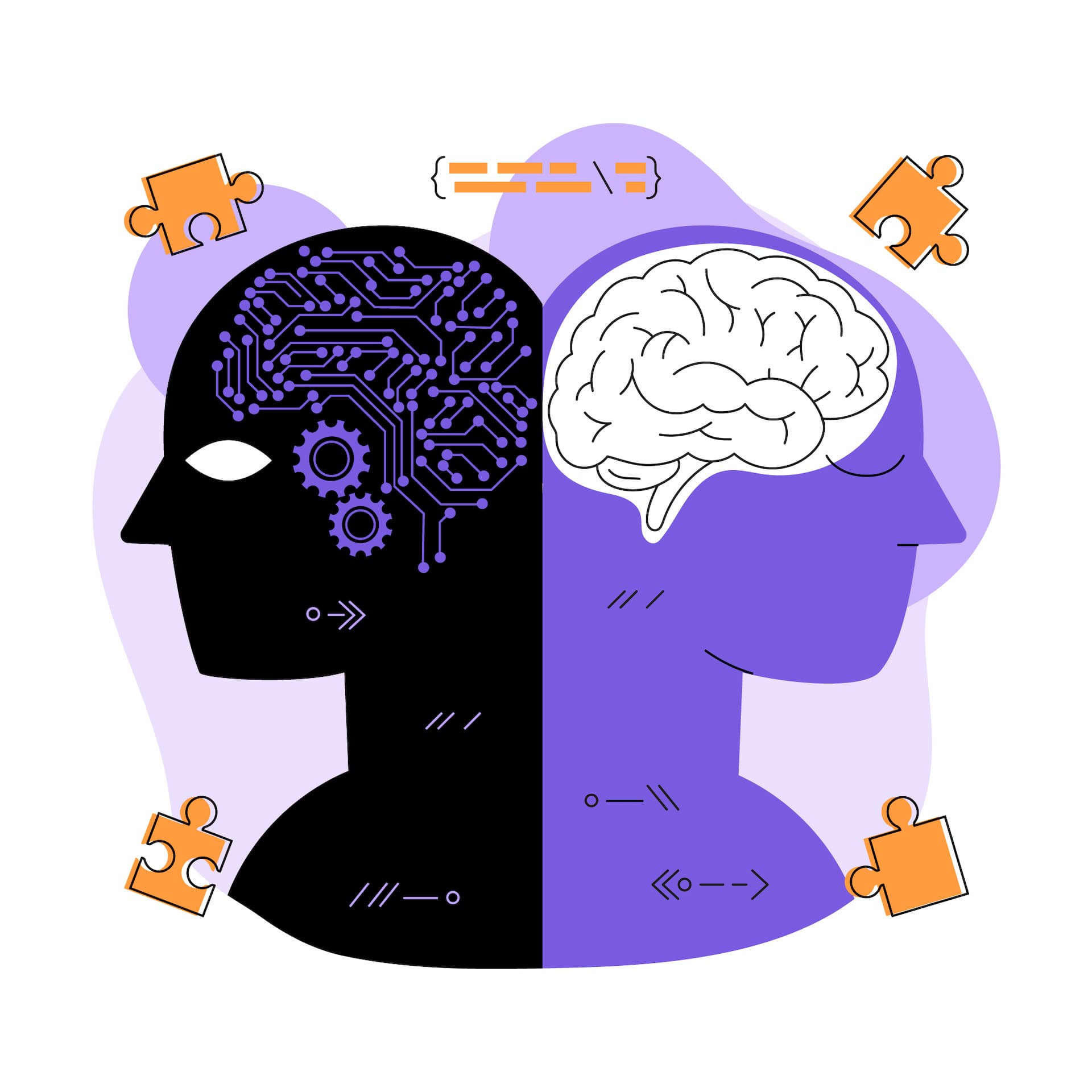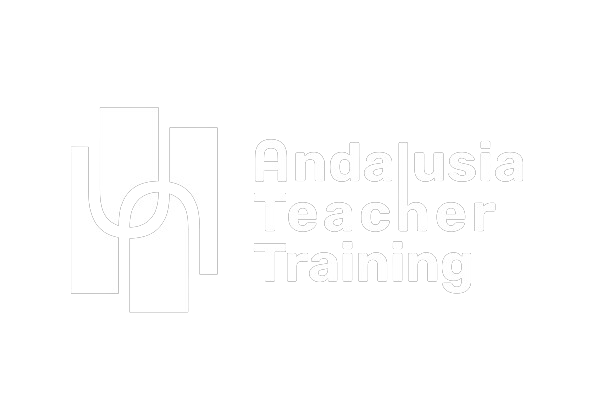
NEUROLINGUISTINC PROGRAMMING IN THE SCHOOL
NPL FOR TEACHERS

NLP focuses on understanding how each individual processes information and learns in a unique way. By taking into account different learning styles, teachers can adapt their teaching methods to reach all students effectively. In addition, through anchoring and visualisation techniques, NLP enhances knowledge retention and memorisation, resulting in stronger and more meaningful academic performance.
Clear and effective communication is fundamental to the educational process. NLP provides tools to improve teachers’ ability to express themselves with precision and empathy, which strengthens the bond between teacher and student. NLP also teaches teachers to actively listen and understand the needs and concerns of students, fostering an atmosphere of trust and respect in the classroom.
Managing emotions is essential for effective learning. NLP provides techniques to identify and manage negative emotions, in both teachers and students. By learning to regulate their emotions, teachers can maintain a positive classroom environment and help students develop key emotional skills, such as empathy, self-esteem and resilience.


NPL & Education | Basic Principles
Rapport
In the educational context it is essential for bonding. It also allows for a strong and harmonious connection with others. By showing empathy, teachers can build a trusting relationship with students.
Calibration
It involves being attentive to the non-verbal signals that learners emit. Through careful observation, teachers can better understand their students' needs and emotions.
Anchoring
Associating emotions and resources to specific stimuli. Anchoring is a technique for attaching emotions and resources to specific stimuli.
Modelling
Learning from the best to improve performance. Modelling involves identifying people who have achieved outstanding results in a certain area and learning from their strategies and behaviours.
NPL FOR TEACHERS
Descriptions
The teaching profession requires professional skills specific to the discipline being taught and large doses of communication skills to lead the group of students it accompanies during a school year.
NLP establishes three preferred channels for receiving information: visual, auditory and kinaesthetic. As teachers, it is important to know how to distinguish between them and to adapt to all three in the classroom and in life so that our students receive information correctly, whatever their preferred channel.
The way we teach is directly related to the way each student learns, thinks and communicates and can determine success in their learning and academic performance.
This course will provide teachers with new communication and motivation tools to enhance the teaching-learning process and classroom management. This will have an impact on the students, favouring learning through thinking strategies that will allow them to find out how to learn and successfully complete a given task, in short, “learning to learn”.
Learning outcomes
- Knowing your preferred teaching style.
- Learn how to present content in a way that takes into account the diversity of brains in the classroom.
- Promote a space for students to learn and participate, helping them to believe in their own abilities.
- Propose actions to motivate students and achieve their total commitment to the project.
Details
- One week course
- Starting from 480€
- Min. 4 - max. 14 participants
- Certificate of attendance included (80% of attendance required)
- Available in Córdoba
- Also available in Spanish
Itinerary
- Introduction and welcome
- CHECK IN. Emotions, expectations and focus
- What is coaching?
- What is NLP? Origin and importance
- NLP in the classroom
- The VAK Model
- Rapport in the classroom
- Pacing and leading
- THE FOUR SCENARIOS. EMOTIONAL BLOCKAGES
- Result orientation
- Resources
- Motivation and responsibility
- Strategies
- Emotions in the decision Making Process.
- The Emotional Cycle
- Emotions Vs Emotional States
- Limiting and empowering beliefs
- The Pygmalion and Galatea Effect
- Patterns of certainty
This schedule describes likely activities but may differ significantly based on the requests of the participants, and the trainer delivering the specific session.
Course modifications are subject to the trainer’s discretion. If you would like to discuss a specific topic, please indicate it at least 4 weeks in advance.
Get in touch
Contact us
Send us a message and we will clarify any doubts you have about our courses.

